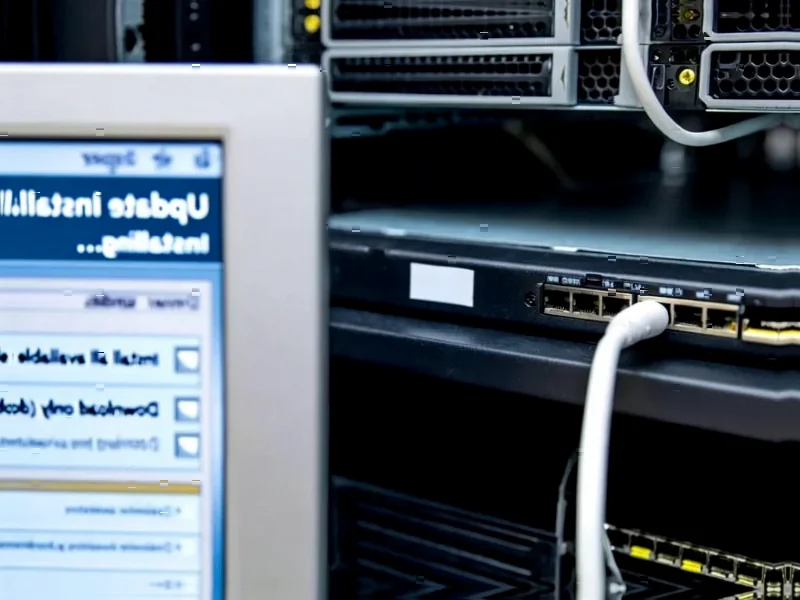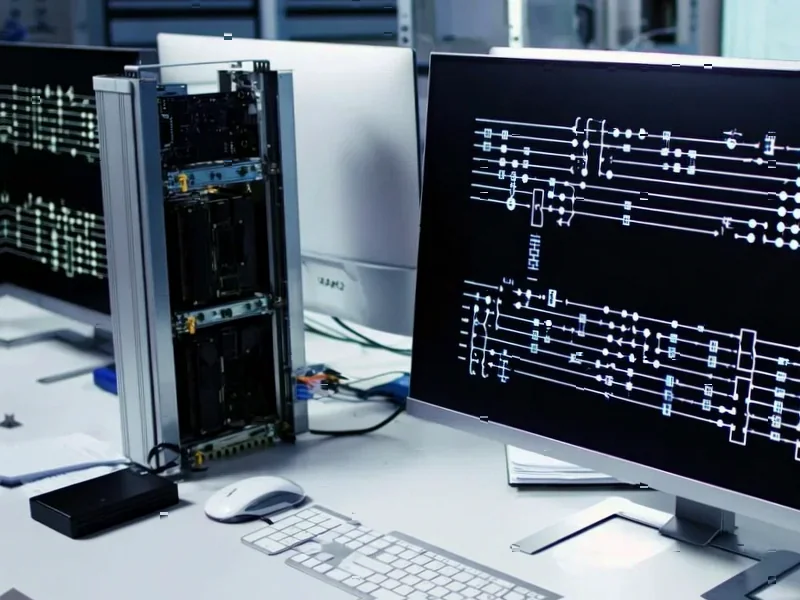According to Forbes, Microsoft has confirmed a significant Windows update issue impacting Windows 11 and Windows Server users that causes repeated authentication credential prompts, failure of valid credentials, and remote desktop connection problems. The problem stems from security protections enforcing checks on Security IDs implemented in updates released on and after August 29, 2024, specifically affecting Windows 11 version 24H2, Windows 11 version 25H2, and Windows Server 2025. Microsoft Support posting KB5070568 explains that users experience Kerberos and New Technology LAN Manager authentication failures across devices with duplicate Security IDs, which typically occur when performing unsupported cloning or duplication of Windows installations without running Sysprep. Microsoft states that devices containing duplicate SIDs will need to be rebuilt using supported methods for cloning to ensure unique SIDs. This development raises critical questions about Microsoft’s approach to security enforcement.
The Unintended Consequences of Security Enforcement
Microsoft’s decision to make SID uniqueness mandatory represents a classic case of security improvements creating operational chaos. While the intention behind blocking authentication between devices with duplicate SIDs is technically sound—preventing unauthorized access to restricted files—the implementation timing and communication strategy appear problematic. Many organizations rely on system cloning for rapid deployment, particularly in virtualized environments and large-scale enterprise deployments where building each system individually would be impractical. The fact that Microsoft is only now enforcing what should have been a foundational security requirement highlights how legacy practices have become embedded in enterprise workflows. This isn’t just a minor inconvenience; requiring complete system rebuilds suggests Microsoft underestimated how widespread the duplicate SID problem actually is across their user base.
The Hidden Costs for Business Operations
What Microsoft’s announcement doesn’t adequately address is the massive operational disruption this will cause for enterprises. The requirement to rebuild affected systems means organizations must account for significant downtime, potential data loss if proper backup procedures aren’t followed, and substantial IT labor costs. For companies running hundreds or thousands of cloned systems, this could represent weeks of remediation work and six-figure recovery expenses. The timing is particularly problematic given that many organizations are still recovering from recent Exchange server vulnerabilities and other Windows security issues. This creates a pattern where Microsoft’s security improvements are becoming increasingly disruptive to business continuity, forcing IT departments into reactive firefighting rather than strategic planning. The KB5070568 update documentation provides technical details but lacks practical guidance for large-scale enterprise recovery scenarios.
Systemic Issues in Microsoft’s Update Strategy
This incident reveals deeper issues with Microsoft’s current approach to security updates and enforcement. The company appears to be prioritizing theoretical security perfection over practical operational reality. While duplicate SIDs do represent a security concern, the sudden enforcement without a gradual migration path or comprehensive detection tools shows a disconnect between Microsoft’s security team and their customers’ operational constraints. Historically, Microsoft has been better than most at balancing security with backward compatibility, but recent moves suggest a shift toward more aggressive enforcement regardless of business impact. This pattern mirrors similar issues with Sysprep requirements and other deployment tools that have become increasingly restrictive. The concern is whether this represents a new normal where Microsoft’s security mandates will regularly disrupt business operations without adequate warning or migration assistance.
What This Means for Windows Administration
Looking forward, this enforcement signals that Microsoft is willing to break functionality to achieve security objectives, which should concern every Windows administrator. The days of flexible deployment practices appear to be ending, replaced by rigid security requirements that may not align with real-world operational needs. Organizations should immediately audit their deployment processes and identify any systems that might be affected by duplicate SIDs. More broadly, this incident should prompt a reevaluation of Microsoft’s update management strategy—enterprises may need to implement more rigorous testing and staging processes before deploying updates, even those labeled as security improvements. The Sysprep documentation becomes essential reading for any organization performing Windows deployments, as Microsoft makes clear that proper system preparation is no longer optional but mandatory for continued operation.




